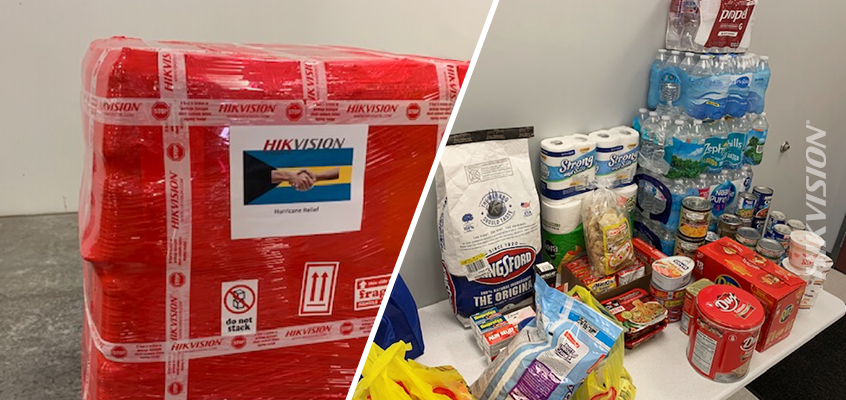Join Hikvision Miami Office to Help Bahamas Residents Affected by Hurricane Dorian

Hikvision USA would like to recognize the Miami office for its efforts to help residents of the Bahamas after Hurricane Dorian, and make all employees and partners aware of how they can contribute to the relief effort.
Hurricane Dorian hit the Bahamas on Sept. 1 and remained in the same area for 48 hours. With sustained 185-mph winds, Dorian is among the most powerful storms ever recorded in the Atlantic. It destroyed homes, flooded communities, and caused numerous deaths and injuries. The extent of the damage is still being assessed. News reports confirm that 50 people died in the hurricane, and that number is expected to rise. The Bahamas is an archipelago made up of 700 islands with a population of 400,000 people. More than 1,300 people are missing, and 70,000 men, women and children are still in need of lifesaving assistance.
After the storm, Hikvision Miami Logistics and Facility Manager Anthony Martinez worked with his team and with Hikvision Operations Director Nick Tang to organize a food, water, clothing and supplies drive. Hikvision collaborated with South Florida freight forwarders who were offering free containers to get relief goods to the residents of the Bahamas.
With 70,000 people still in need, the relief efforts will be ongoing for some time. Hikvision employees and partners who would like to help the residents of the Bahamas are encouraged to make a financial donation to the Bahamas Red Cross.
Hikvision USA is proud of its employees’ dedication to giving back to the communities where we live and work.
